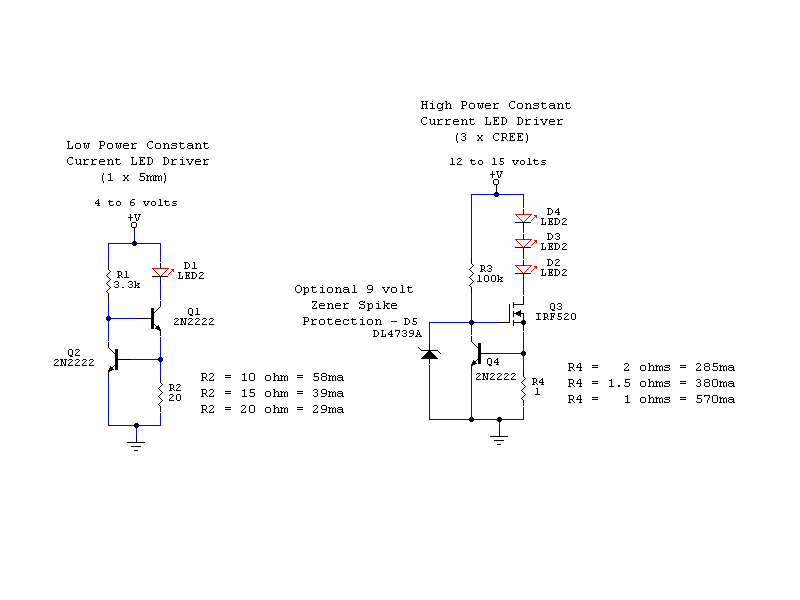Hello. I have been re-learning basic electronics over the past couple days (still don't understand everything!) in my quest to build my wife a better reading light. I came across CPF and it has been really helpful and I hope that some the experts out there will help me understand a couple more things.
And yes I have read the welcome mat!
1. I built a basic reading light while working on my soldering skills with 2 AA standard alkaline batteries and a radio shack (gasp!) 5mm white LED (3.6Vf, 20mA), no regulator just DD. i know I should have a resistor of some type to help regulate current (I think) but would love to know what type and why?
2. Building a reading light I don't want high lumens, just a nice soft light, long runtime, re-chargeable batteries, and little heat. Suggested setups? I know this is the opposite of what this forum is normally about!
Thanks for any help. I also do love flashlights (I have a surefire Exec elite with LED head) and never knew this whole world of modded lights existed!
And yes I have read the welcome mat!
1. I built a basic reading light while working on my soldering skills with 2 AA standard alkaline batteries and a radio shack (gasp!) 5mm white LED (3.6Vf, 20mA), no regulator just DD. i know I should have a resistor of some type to help regulate current (I think) but would love to know what type and why?
2. Building a reading light I don't want high lumens, just a nice soft light, long runtime, re-chargeable batteries, and little heat. Suggested setups? I know this is the opposite of what this forum is normally about!
Thanks for any help. I also do love flashlights (I have a surefire Exec elite with LED head) and never knew this whole world of modded lights existed!


